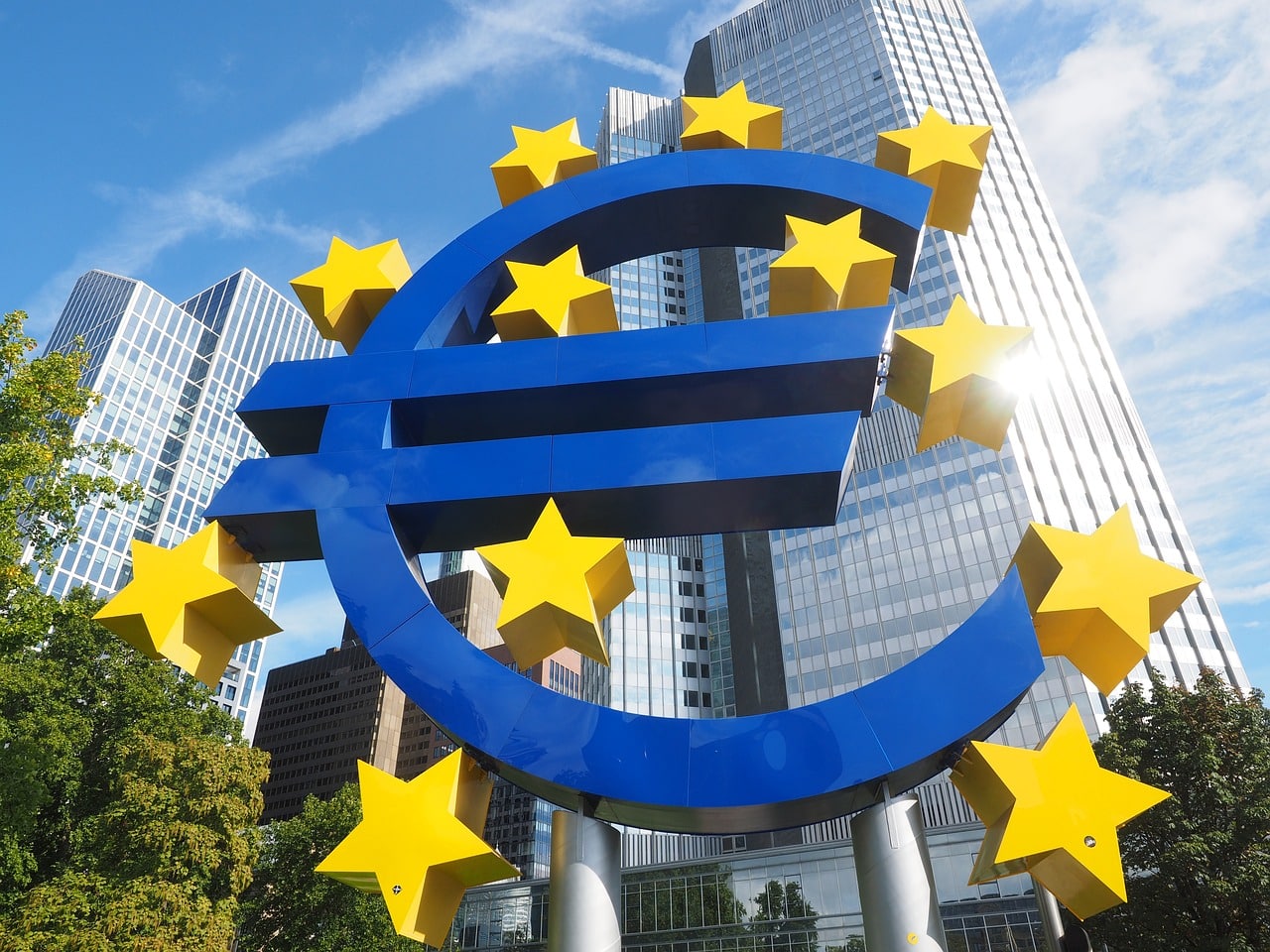To discern the fluctuation in the main currency pairs in recent weeks, a strong magnifying glass has been necessary. The upcoming meeting of the European Central Bank (EBC) may not necessarily rouse the market from its slumber. However, the communications from the central bank may be significant.
The tone of the January meeting of the EBC Board of Directors was somewhat more dovish than in December. There was no mention of “heightened” price pressures in the euro area, and President Christine Lagarde neither openly pushed away market expectations regarding the bank’s easing policy, nor closed the door to an interest rate cut in April. This emboldened markets to bet on an April cut, and just a few days after the meeting, markets fully priced in a 25 bps move down.
Much has changed since then. Currently, investors estimate the likelihood of a cut in April at around 20% and do not even fully price in a reduction in June. Changes like in a kaleidoscope!
What accounts for this? In our view, the key factors are:
American data surprises on the upside. The resilience of economic growth, a tight labor market and ongoing core price pressures weakened expectations for interest rate cuts by the Federal Reserve, causing changes in market valuations for other central banks.
Eurozone readings have recently been somewhat better than expected. The economy of the shared bloc avoided a recession in late 2023, registering flat growth in the fourth quarter after a mild fall in the third quarter. Leading PMI data is also somewhat better – the index for the key services sector rose last month to the borderline level of 50 points, suggesting that an economic recovery may be approaching. In recent days, the Citigroup economic surprises index for the euro zone rose to its highest level since April last year.
The rhetoric of ECB decision-makers is leaning towards the hawkish side. In terms of inflation, President Lagarde emphasizes that the bank is “not yet where it needs to be”, while many others declare gradualism and data dependency. Robert Holzmann, one of the most openly communicating hawks in the ECB, shared the view that the bank is unlikely to start cutting interest rates earlier than the Fed. Others, like Isabel Schnabel and Joachim Nagel, suggest that caution is needed. Doves, however, take an unusually conservative approach to rate cuts. Board of Directors member Yannis Stournaras suggested he anticipates the first cut in June, Gabriel Makhlouf said that the bank should not rush and remain “sensitive” to wage-related risks.
Progress in combating inflation in the euro area is clear – the main measure of price dynamics fell in February to the lowest level in 31 months of 2.6%, while core inflation fell to 3.1%. However, inflation still exceeds expectations, supporting the conviction that the last straight in this fight will be the most difficult.
Given that an interest rate cut on Thursday is ruled out, market participants’ attention will focus on the bank’s communications. Especially important will be President Lagarde’s comments and revised macroeconomic forecasts. Rate cuts are approaching, so President Lagarde may adopt a somewhat more dovish tone. However, we do not believe that her press conference will clearly differ from January’s.
In our opinion, Lagarde will point to progress in the fight against inflation, although her messages will not be too expressive. We expect her to repeat that the Board of Directors remains data-dependent. In this context, her rhetoric on wages, a key factor for the central bank, will be closely analyzed. The ECB has some insight into the situation, but more comprehensive data will not be published until late spring.
In addition to the above, any signals regarding discussions on rate cuts will likely influence the euro. Any mentions that preliminary talks have been held (or that they will be soon), may be perceived as dovish and put downward pressure on the euro. However, if it is emphasized that it is still too early for such discussions, markets may believe that there will not be cuts for some time. At the last press conference, President Lagarde did not directly push back market expectations for cuts and considering significant changes in valuations, we do not expect her to do so this week. Investors will also be looking for any signals regarding the possibility of a cut in April. We believe that the ECB will not want to risk getting cornered. Signs that an April cut is ruled out could somewhat support the common currency.
We expect this week to see a downward revision of both inflation and growth forecasts. Investors will be particularly interested in the scale of changes in the former, especially for core price dynamics. A stronger revision can be perceived as dovish, while minimal modifications should not significantly affect the markets.
Considering that recent changes in market valuations have been quite aggressive, we believe there is not much room for further lowering expectations for interest rate cuts. This should limit the scope of euro support if the bank’s communications are perceived as hawkish. The bar for a dovish surprise seems to be set lower. We do not expect the March meeting to bring a strong boost to volatility.
We continue to believe that the European Central Bank has the best chance to start cutting interest rates earlier than almost all other G10 central banks. Recently, however, the arguments for an April cut have weakened and we are now starting to lean towards the first move down in rates in June.
The ECB policy decision will be announced on Thursday (07.03) at 14:15, followed by a press conference 30 minutes later.
Author: Roman Ziruk, Matthew Ryan, CFA – Ebury analysts.
